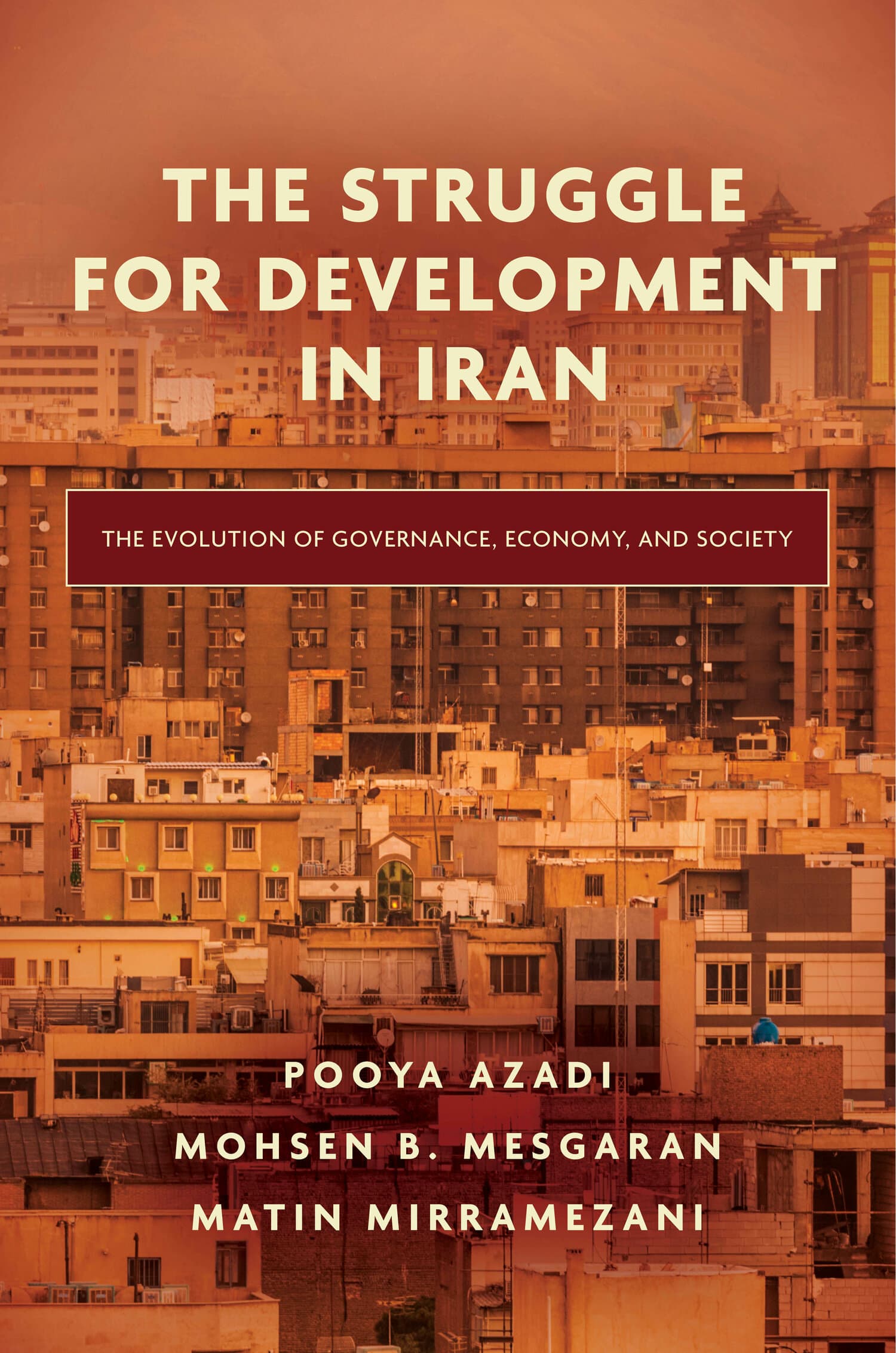Iran in Motion
Award Winner
2023: Japan Consortium for Area Studies Toryu-sho (Budding Scholar) Award
Winner of the 2023 Japan Consortium for Area Studies Toryu-sho (Budding Scholar) Award, sponsored by the Japan Consortium for Area Studies (JCAS).2022: Sharmin and Bijan Mossavar-Rahmani Center Book Prize
Honorable Mention for the 2022 Sharmin and Bijan Mossavar-Rahmani Center Book Prize, sponsored by the Sharmin and Bijan Mossavar-Rahmani Center for Iran and Persian Gulf Studies.2022: Saidi-Sirjani Book Award
Co-Winner of the 2022 Saidi-Sirjani Book Award, sponsored by the International Society for Iranian Studies.

Completed in 1938, the Trans-Iranian Railway connected Tehran to Iran's two major bodies of water: the Caspian Sea in the north and the Persian Gulf in the south. Iran's first national railway, it produced and disrupted various kinds of movement—voluntary and forced, intended and unintended, on different scales and in different directions—among Iranian diplomats, tribesmen, migrant laborers, technocrats, railway workers, tourists and pilgrims, as well as European imperial officials alike. Iran in Motion tells the hitherto unexplored stories of these individuals as they experienced new levels of mobility.
Drawing on newspapers, industry publications, travelogues, and memoirs, as well as American, British, Danish, and Iranian archival materials, Mikiya Koyagi traces contested imaginations and practices of mobility from the conception of a trans-Iranian railway project during the nineteenth-century global transport revolution to its early years of operation on the eve of Iran's oil nationalization movement in the 1950s. Weaving together various individual experiences, this book considers how the infrastructural megaproject reoriented the flows of people and goods. In so doing, the railway project simultaneously brought the provinces closer to Tehran and pulled them away from it, thereby constantly reshaping local, national, and transnational experiences of space among mobile individuals.
"Iran in Motion exemplifies the gains of approaching modern Iran not through the lens of methodological statism but with a feel for state and non-state actors alike. The Trans-Iranian Railway, Mikiya Koyagi shows, made Iran both more fragmented and more homogeneous. A fascinating read."—Cyrus Schayegh, Graduate Institute of International and Development Studies, Geneva
"With fresh insights drawn from a wealth of new archival materials, Mikiya Koyagi transports us through the various stations that dotted Iran's path to modernity. Much more than a narrative of the railway project, Iran in Motion reveals a deep understanding of the mobility networks that connected and divided Middle Eastern communities. A groundbreaking book."—Firoozeh Kashani-Sabet, University of Pennsylvania
"Iran in Motion is a welcome addition to our understanding of technological modernization in the Middle East. The book sits at the intersection of the modern history of Iran and mobility studies... Koyagi tactfully moves from macro to micro, and the other way around, to make sense of nuances within the big picture. Iran in Motion appeals to general readers who seek non-Eurocentric histories of technology, but also, to scholars who are interested in the local and transnational histories of infrastructure and mobility."—Samin Rashidbeigi, Technology and Culture
"Iran in Motion is a model of social and labor history, well sourced in the ample Persian-language material...Highly recommended."—P. Clawson, CHOICE
"[Koyagi's] work matter-of-factly integrates Iranian studies scholarship from Japanese academia, giving anglophone (and Persophone) students rare access to content of which we have been ignorant or neglectful. The result is a master narrative of social transformation in modern Iran composed of a mosaic of distinct episodes, each adding color and clarity to the bigger picture."—Camron Michael Amin, American Historical Review
"Iran in Motion is... a smart and engaging work of history, one that sheds important new light on the developmental history of twentieth-century Iran and the sociocultural effects of Iranian rail infrastructure."—Ciruce A. Movahedi-Lankarani, Journal of Development Studies




